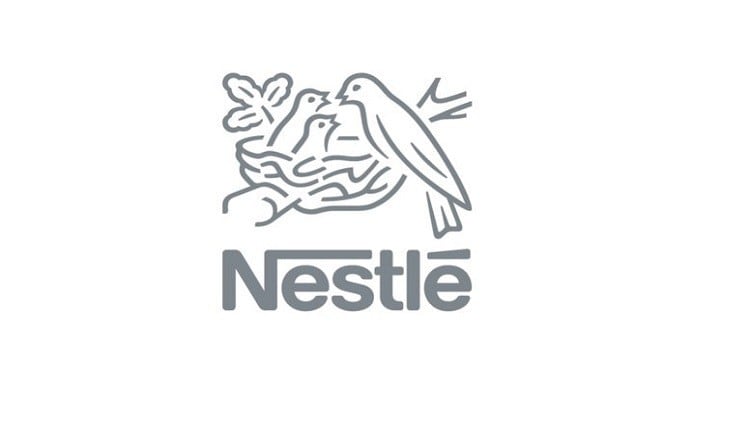“There is an existing notion that red meat is not good for health due to [saturated fat content and so on], so we wanted to see if changing the quality of the red meat itself will alter the risk of cardiovascular disease,”said Dr Amber Milan from the Liggins Institute at the University of Auckland, one of the study’s main researchers.
“In this case, how beef is raised matters – grass-fed cattle tends to contain higher levels of good, protective fatty acids such as EPA, DHA and Conjugated Linoleic Acid (CLA) [as compared to grain-fed cattle].”
EPA and DHA are omega-3 fatty acids that are also found in oily fish, whereas CLA is a long-chain polyunsaturated fatty acid unique to ruminants because it is produced by the bacteria in their guts.
Previous studies have found that these can provide anti-inflammatory properties and decrease cardiovascular disease risk markers.
The study participants comprised only middle-aged men aged 35 to 55, who were provided with free meat three times a week for eight weeks. Participants were categorised into three groups: Grass-fed Wagyu beef, Grain-finished beef or a soy-based meat alternative.
The participants would provide blood, urine and stool samples before and after going on the diet, which the researchers will analyse to check for changes in health indicators and cardiovascular risk markers.
Indicators to be analysed for will include blood lipids (cholesterol and body fat composition changes), and gut microbiome changes. The researchers expect fatty acid levels in the participants’ bloodstreams to be ‘enriched’ according to those present in the beef/alternative consumed, as well as relevant improvements in cardiovascular disease risk markers.
“We only selected middle-aged men to participate in the study because this demographic group has a higher rate of cardiovascular disease, and is considered a higher-risk group,” explained Dr Milan.
“Moreover, they are probably the most typical example of red meat consumers in New Zealand – studies have shown that they consume more red meat than women – so any health impacts on this group [would be significant].
“A diet rich in beneficial fatty acids should help to improve the cardiovascular disease risk markers, e.g. reducing LDLs and increasing HDLs in this group, as well as reduce waist circumference and improve blood pressure.”
She added that the health benefits conveyed by beneficial fatty acids in meat ‘were not expected to be observed’ in the participants from the soy-based meat alternative group.
Funded by the New Zealand High-Value Nutrition National Science Challenge and Firstlight Foods, another objective of the study was to compare New Zealand products (Grass-fed beef) against that from other regions (Grain-fed beef).
“The majority of beef in New Zealand is grass-fed, which is in contrast from meat coming from areas such as Australia, the United States and Canada which are mostly grain-fed,” said Dr Milan.
Dr Milan and her team are expected to present their findings at the Food Structures, Digestion & Health Conference in New Zealand this September.
Potential economic implications
These findings could potentially have wide-ranging effects on the red meat export industry in New Zealand, which Beef + Lamb New Zealand (B+LNZ) valued at over NZ$6.7bn (US$4.5bn) last year, up 21% year-on-year.
Of these, beef took a portion valued at over NZ$3bn (US$2bn), which was 14% higher year-on-year. China contributed to one-third of red meat export value, but the United States was New Zealand’s largest beef export market.
According to an official statement by B+LNZ, “The average value of beef exports has remained steady and strong since the 2014-15 season, driven by demand from the United States for lean manufacturing beef.”
Asians: Thin on the outside, fat on the inside
A potential direction for the study moving forward would be to examine the same effects of different beef types on women, as well as in an Asian demographic.
“Depending on the results of the study, there could be an opportunity to examine the effects in other demographic groups with high cardiovascular disease risk too,” said Dr Milan.
“Asians in particular have different fat deposition in the body, which makes them look thin but have a very high cardiovascular risk – we could see if these [dietary meat changes] could also benefit this group.
According to Newshub, this ‘condition’ in Asians actually falls into a category of obesity called ‘Thin on the Outside, Fat on the Inside’, or TOFI for short.
Caucasians store most fat in the limbs and stomach, but it is believed that Asians store fat in internal organs such as the liver or pancreas, also increasing their risk of Type II diabetes.





